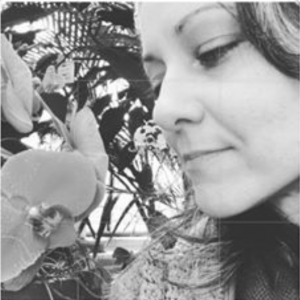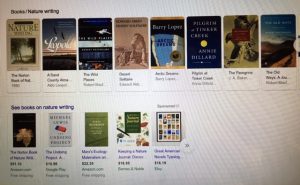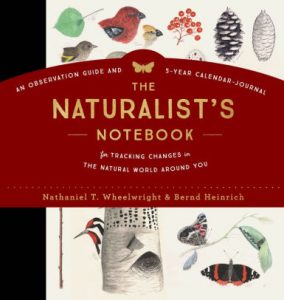I am currently enrolled in a four-week class on “Nature Writing” at the VMFA Studio School, taught by Amy Ritchie Johnson. Frankly, I took this class because I like taking writing classes with Amy and this was what was on offer. To my surprise, I’m loving it!
If you do an online search for books on nature writing, you will come up with approximately a gazillion choices—not that I am urging you to do so!
I just want to share with you an insight that was surprising, at least to me: nature writing can happen in any genre. If the work explores, draws on, or uses nature in a significant way, it’s nature writing. Think about it. Here are several examples (merely examples) mentioned in class.
- science writing (Lab Girl)
- memoir (also exemplified by Lab Girl)
- environmental advocacy
- mystery (e.g., Where the Crawdads Sing)
- poetry (e.g., Mary Oliver)
- fiction (The Secret Garden)
- creative non-fiction (H is for Hawk)
- description (think field guides to anything, from snakes to edible plants)
Two weeks in and I am already wishing it were twice as long! Indeed, because of class discussion, I bought The Naturalist’s Notebook, a five-year diary for recording daily observations about nature. So, in my own way, the class will continue.
Assignments in this class, including keeping a nature diary for four weeks, are honing our skills in observing and describing. The short version of the advice is observe in minute detail and be specific in your descriptions. This last is an oft-repeated injunction: avoid vague words such as beautiful, stuff, blue, comfortable—words that can mean many things to many people. In nature writing, that means the name of the flower, the kind of tree, the shade of green, the breed of the dog, the type of clouds, etc.
BOTTOM LINE: lessons from nature writing are lessons for good writing. Go for it!


